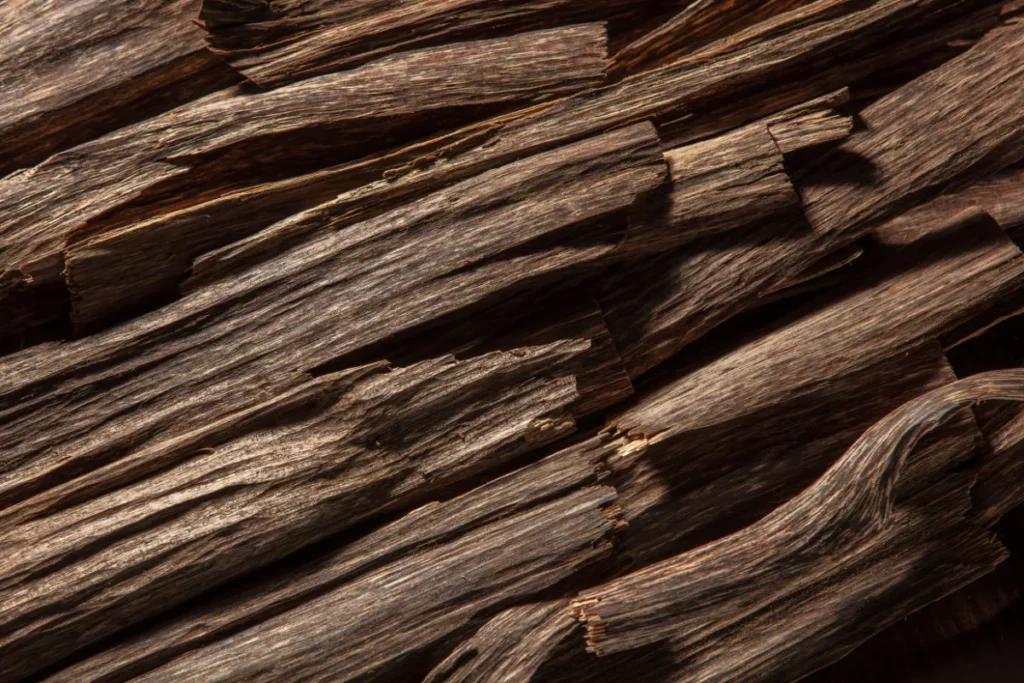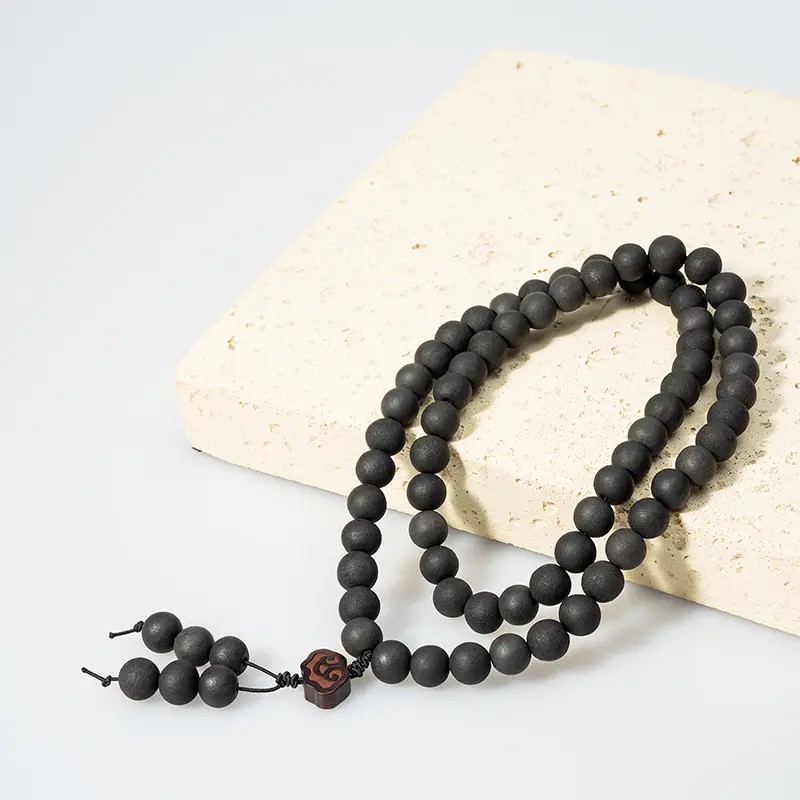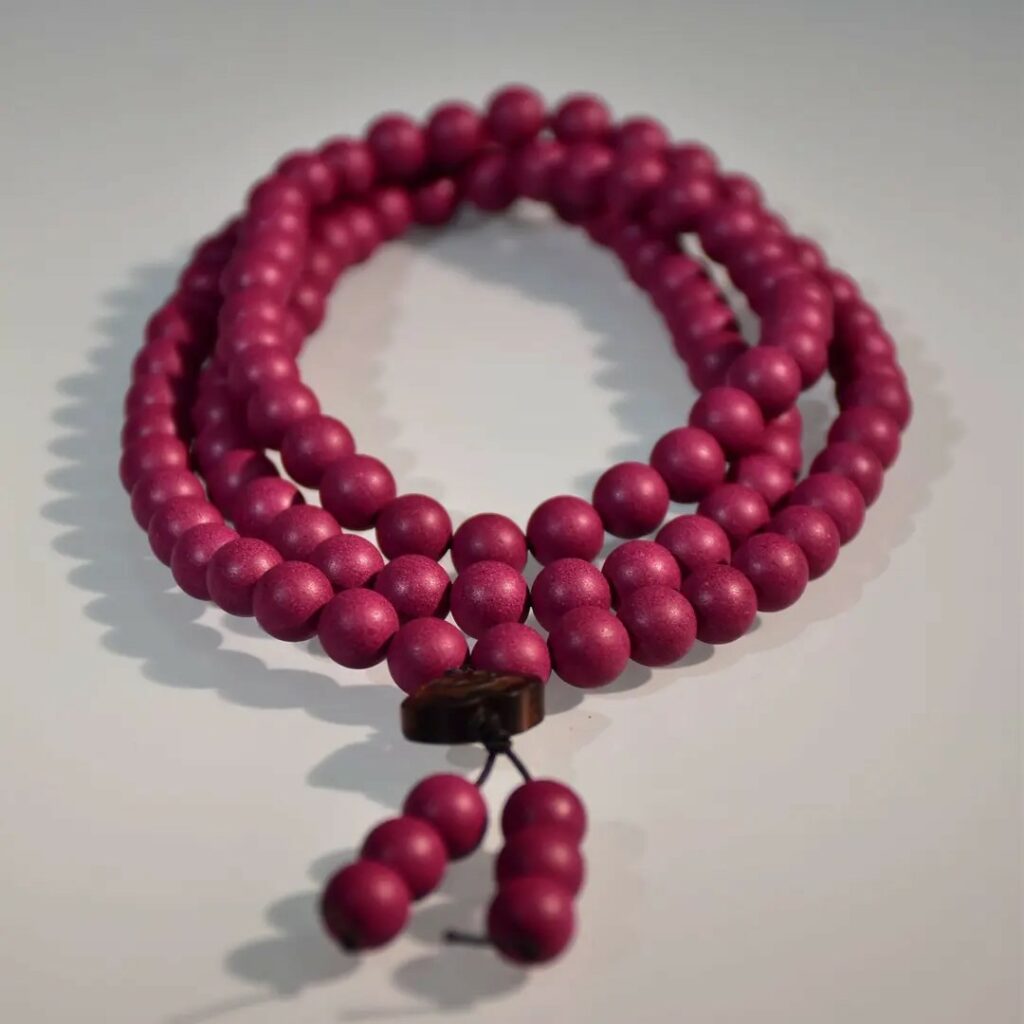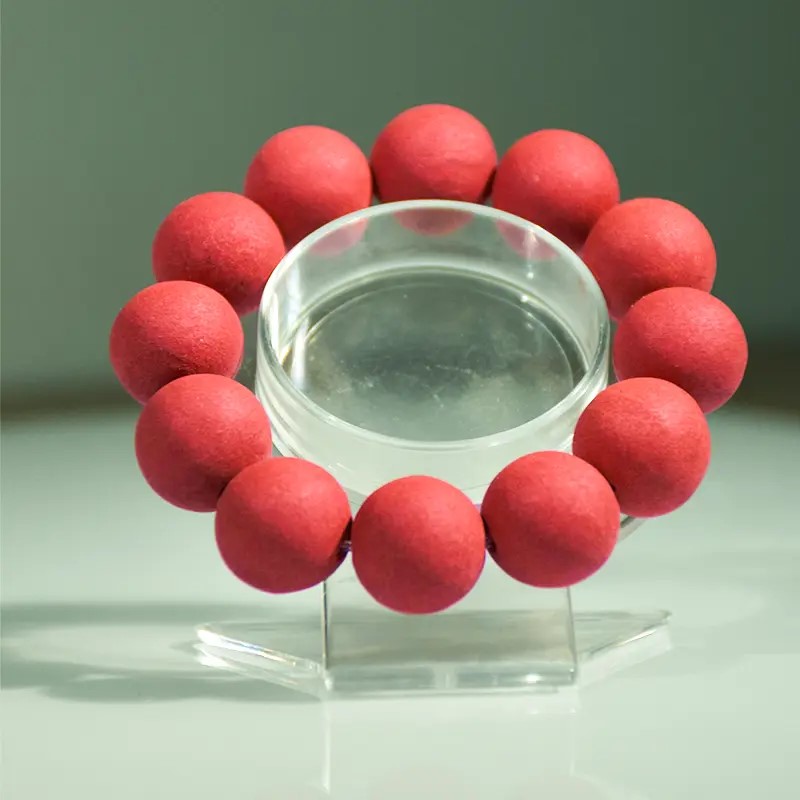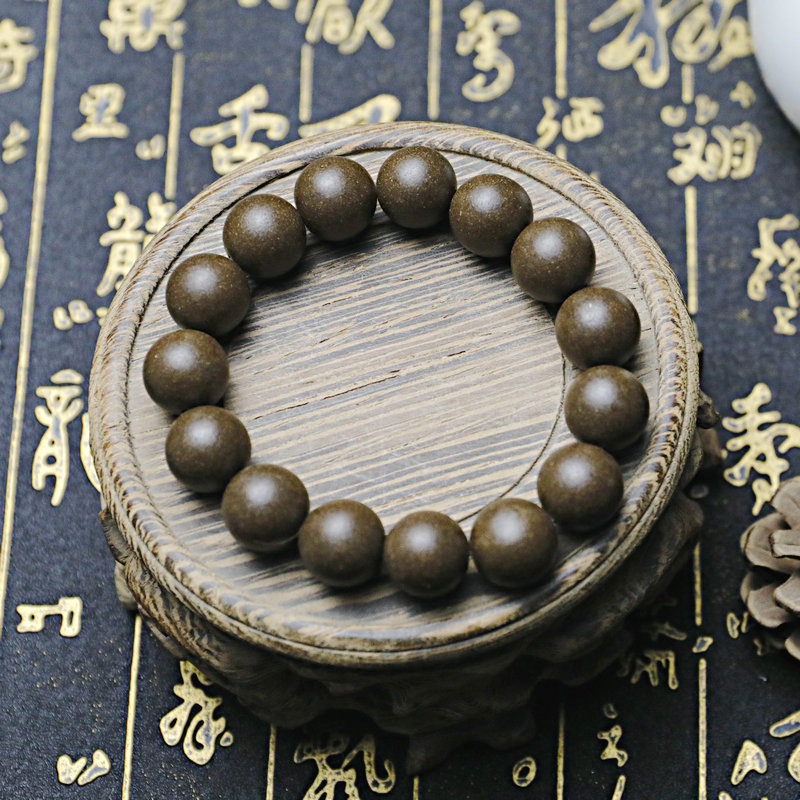In the tapestry of traditional Chinese culture, scented incense (合香, Héxiāng) is far more than aromatic material — it is a sacred medium that bridges heaven and earth, calms the restless mind, and inspires artistic creation. This article examines the historical, spiritual, and cognitive roles of scented incense within three core contexts: state rituals, Zen Buddhist meditation, and literati gatherings. Drawing from classical texts such as 《Xiang Cheng》(The Encyclopedia of Incense) and 《Chen Shi Xiang Pu》(Chen’s Perfume Manual), we trace how meticulously compounded incense formulas were designed not merely to please the senses, but to regulate emotion, enhance focus, and elevate consciousness — principles strikingly aligned with modern mindfulness and meditation practices.
We further explore how the contemporary brand HMMA ART revives these ancient formulas through strictly manual craftsmanship, offering today’s seekers authentic “Scented Incense for Mindfulness” that harmonizes heritage wisdom with neuroscientific efficacy. Whether burned as an incense stick during morning meditation or diffused quietly beside a desk, these fragrances serve as olfactory anchors — guiding users back to presence, stillness, and clarity.
I. Rituals Perfumed: Scented Incense as Sacred Architecture
In ancient China, scent was theology made tangible. From the Zhou Dynasty’s “burning wood to summon Heaven” rites to the elaborate palace ceremonies of the Tang and Song, scented incense functioned as both offering and cosmic symbol. Unlike single-note aromatics, compound incense — blended according to hierarchical “Monarch-Minister-Assistant-Envoy” principles — mirrored the Confucian ideal of social and cosmic harmony.
Formulas like “Tai Zhen Tian Xiang” (Celestial Perfume of Supreme Truth), recorded in 《Chen Shi Xiang Pu》, combined agarwood (monarch), borneol (minister), musk (assistant), and benzoin (envoy) to create layered aromas that unfolded like ritual choreography: sharp top notes invoking celestial clarity, warm heart tones embodying earthly virtue, deep base notes channeling ancestral presence.
Timing, placement, and sequence governed every burn. Winter solstice demanded “Warm Cloud Incense” to welcome returning yang energy; imperial altars used “Nine Harmonies Incense,” while scholars lit “Four Harmonies Incense.” In this way, scented incense became an invisible architecture of order — structuring time, space, and hierarchy through smell.
Traditional Chinese Compound Incense or you can call scented incense
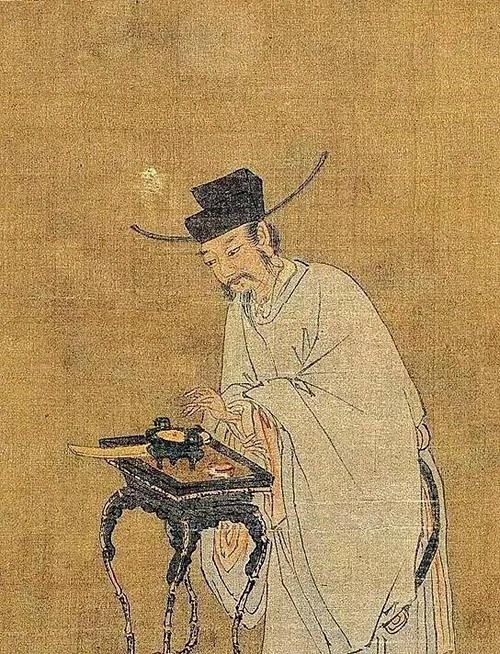
Traditional Chinese Compound Incense
The Delicate Art of Chinese aroma incense
Incense beads, or Chinese aroma incense beads , are far more than simple ornaments. These meticulously crafted spheres, born from the fusion of powdered precious woods, resins, herbs, and binding agents, represent a unique intersection of ancient Chinese fragrance culture, artistry, and contemplative practice. beads
II. Zen and the Scented Path: Incense as Meditative Catalyst
With Buddhism’s arrival in China, incense transcended ritual into introspection. Zen monasteries institutionalized incense use not only for altar offerings but as indispensable tools for meditation. As Chan Master Yuanwu Keqin wrote: “First, observe through the nose — in one wisp of smoke, meet the patriarchs.”
Why? Because scent bypasses cognition and speaks directly to the limbic system — the brain’s emotional core. Modern neuroscience confirms what monks intuited: complex, natural aromas can quiet amygdala hyperactivity, reduce cortisol, and entrain alpha-theta brainwave states conducive to deep meditation.
Traditional Zen incense formulas were engineered for mental stability. Take HMMA ART’s recreation of Song Dynasty “Snow Amidst Spring Blossoms” — a blend of plum blossom, sandalwood, and clove. Its evolving profile (floral → woody → spicy) provides a dynamic sensory anchor, gently pulling attention away from discursive thought and back to breath and body — the very essence of mindfulness.
Even the physical act of burning incense held pedagogical value. In Zen halls, “incense board strikes” marked session intervals — each fading wisp a reminder: “Life is impermanent; practice diligently.” Thus, the incense stick became both timer and teacher.
III. Ink, Thought, and Smoke: Scented Incense in Literati Culture
For China’s scholar-officials, incense was neither luxury nor ornament — it was cognitive infrastructure. From Wang Wei’s mountain retreats to Su Shi’s midnight writings, the incense burner stood beside brush and inkstone as essential tool for creative labor.
Literati prized subtlety over intensity, clarity over opulence. Huang Tingjian, poet and perfumer, crafted his own “Returning Soul Plum Blossom Incense” to “awaken the spirit without agitation, nourish thought without distraction.” He understood: scent shapes mental climate.
Cognitive science now validates this intuition. Controlled studies show that certain terpenes and phenolic compounds found in traditional incense ingredients — like linalool in agarwood or eugenol in clove — enhance prefrontal cortex activation, improving sustained attention and associative thinking. HMMA ART’s Ming Dynasty-inspired “Jade Essence Incense,” for instance, has been shown via EEG to increase alpha-theta transition frequency — the neural signature of insight and flow.
More profoundly, literati transformed incense appreciation into “Xiang Dao” (香道) — the Way of Incense — a multisensory, contemplative art involving silent inhalation (“listening to fragrance”), poetic description (“discerning layers”), and spontaneous verse composition. Each session was, in effect, a mindfulness retreat disguised as social gathering.
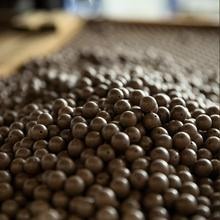
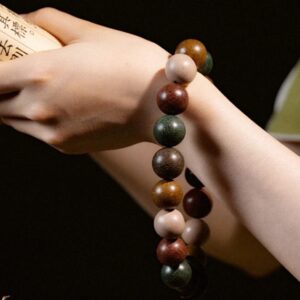
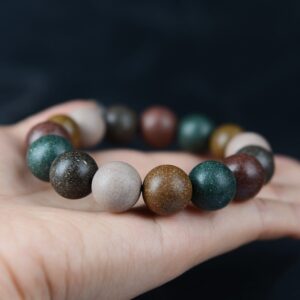
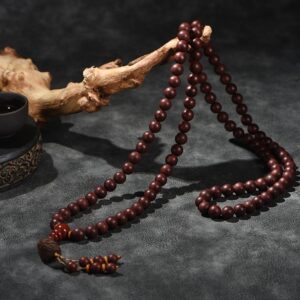
IV. HMMA ART: Bridging Ancient Wisdom and Modern Mindfulness Practice
In an age of digital fragmentation and chronic stress, HMMA ART emerges not as innovator but as faithful restorer. Every incense stick is handcrafted according to verbatim recipes from 《Xiang Cheng》and 《Chen Shi Xiang Pu》— no substitutions, no shortcuts, no synthetics.
Their flagship “Four Harmonies Peace Incense,” for example, replicates Chen’s formula exactly: “One liang agarwood, one liang sandalwood, half qian borneol, half qian musk, bound with honey into pills the size of water chestnuts.” When burned, its progression — bright → grounding → serene — mirrors the meditative journey from agitation to equanimity.
But HMMA ART does more than replicate — it recontextualizes:
- 「Song Feng Zen Incense」is optimized for 15-minute office mindfulness breaks;
- 「Ink Pool Inspiration Incense」recreates the scholar’s study ambiance for writers and designers;
- 「New Year’s Purification Incense」revives ancestral altar traditions for modern households.
Each product includes QR-linked access to original text sources and guided meditation audio — transforming passive consumption into immersive cultural and contemplative education. Burning an HMMA ART incense stick becomes not just self-care, but lineage transmission.
The Timeless Breath of Presence
Scented incense in Chinese tradition is ritual vessel, meditation aid, and muse — all woven into one. It teaches us that stillness can be cultivated, focus can be summoned, and creativity can be kindled — not through force of will, but through the gentle guidance of aroma.
Today, as we light an HMMA ART incense stick before our morning meditation, we join a continuum stretching back to Su Dongpo’s moonlit vigils, to Chan monks watching smoke curl toward emptiness, to poets inhaling plum blossoms before penning immortal lines. We are not merely consumers of fragrance — we are inheritors of a sensory philosophy that knows: true mindfulness begins when the nose leads the mind home.
Inhale. Exhale. Be here.
References (Illustrative):
[1] Zhou, Jiazhou. 《Xiang Cheng》. Ming Dynasty, 1640.
[2] Chen, Jingxing. 《Chen Shi Xiang Pu》. Song Dynasty, 12th c.
[3] Gao, Lian. 《Zun Sheng Ba Jian》. 1591.
[4] Herz, R.S. (2009). Aromatherapy facts and fictions: Neuroscience of olfaction and emotion. International Journal of Neuroscience, 119(2):263–290.
[5] Kabat-Zinn, J. (2003). Mindfulness-based interventions in context. Clinical Psychology: Science and Practice, 10(2), 144–156.
[6] Wang, Kunwu. Chinese Early Art and Religion. Shanghai: Oriental Publishing Center, 1998.
CONTACT US IF YOU HAVE ANY QUESTIONS
#scented incense #mindfulness #Scented Incense Beads for Mindfulness #mindfulness meditation #Chinese incense #incense
